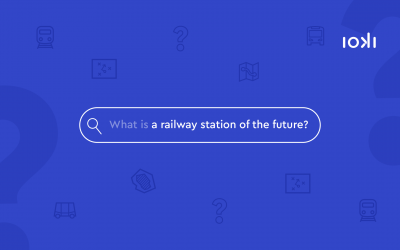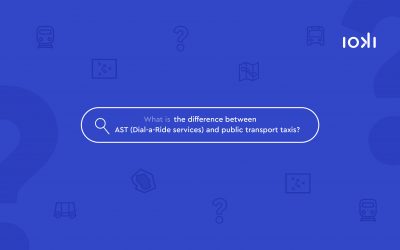Because especially in times of increased cost pressure, concepts such as effectiveness and efficiency once again come into focus and often become the guiding premise for action.
But how can these two principles now be applied to mobility? How can effective mobility be planned efficiently? Or is it the other way round? We enlighten! Remember: While effectiveness stands for “doing the right things”, efficiency means “doing things right”. What is right, in turn, depends on context and goal.
Well, in times of climate change as one of the greatest economic, ecological, social and political challenges of our time, it seems to be right to promote sustainable approaches and concepts with regard to mobility. The answer to the question of the most effective solution is therefore for mobility providers, political institutions and users alike: green solutions for more mobility and less traffic are the means of choice.
It remains to be examined how this effective goal can now be achieved in the best possible – and thus efficient – way. The efficiency factor focuses primarily on questions of effectiveness and cost-effectiveness. On the one hand, a transport system must be designed in such a way that it optimally meets actual needs. On the other hand, it must use the available resources in a precisely tailored manner to achieve maximum results at minimum cost.
Mobility analyses and on-demand solutions for greater efficiency
Practice has shown that above all extensions and innovations to the range of services, which have dealt with these issues in detail beforehand, meet the customer’s needs in the best possible way. In order to find an efficient mobility solution in terms of effectiveness, it is therefore first and foremost necessary to examine the mobility situation and needs on site. This can be done by means of a mobility analysis, which uses data, for example, geographical, traffic or socio-demographic information, which can be superimposed on one another to provide an overall picture of the traffic supply and demand.
With this knowledge, concrete measures can now be implemented efficiently and accurately in terms of economic efficiency. It can be economically and ecologically profitable not to reinvent the wheel completely, but to look at the available resources in a different light. After all, maybe it is already enough to transform the timetable-based regular service, including (too) large containers, into a demand-oriented and flexible area-based service?
In any case, a mobility analysis will provide conclusive indications of solutions such as this, which may ultimately culminate in the digitalization of existing solutions or the integration of on-demand services in an efficient, competitive and innovative transport system.
The interplay of these two levels of the efficiency concept, namely the consideration of effectiveness as well as economic efficiency, ultimately enables the efficient achievement of effective mobility.



